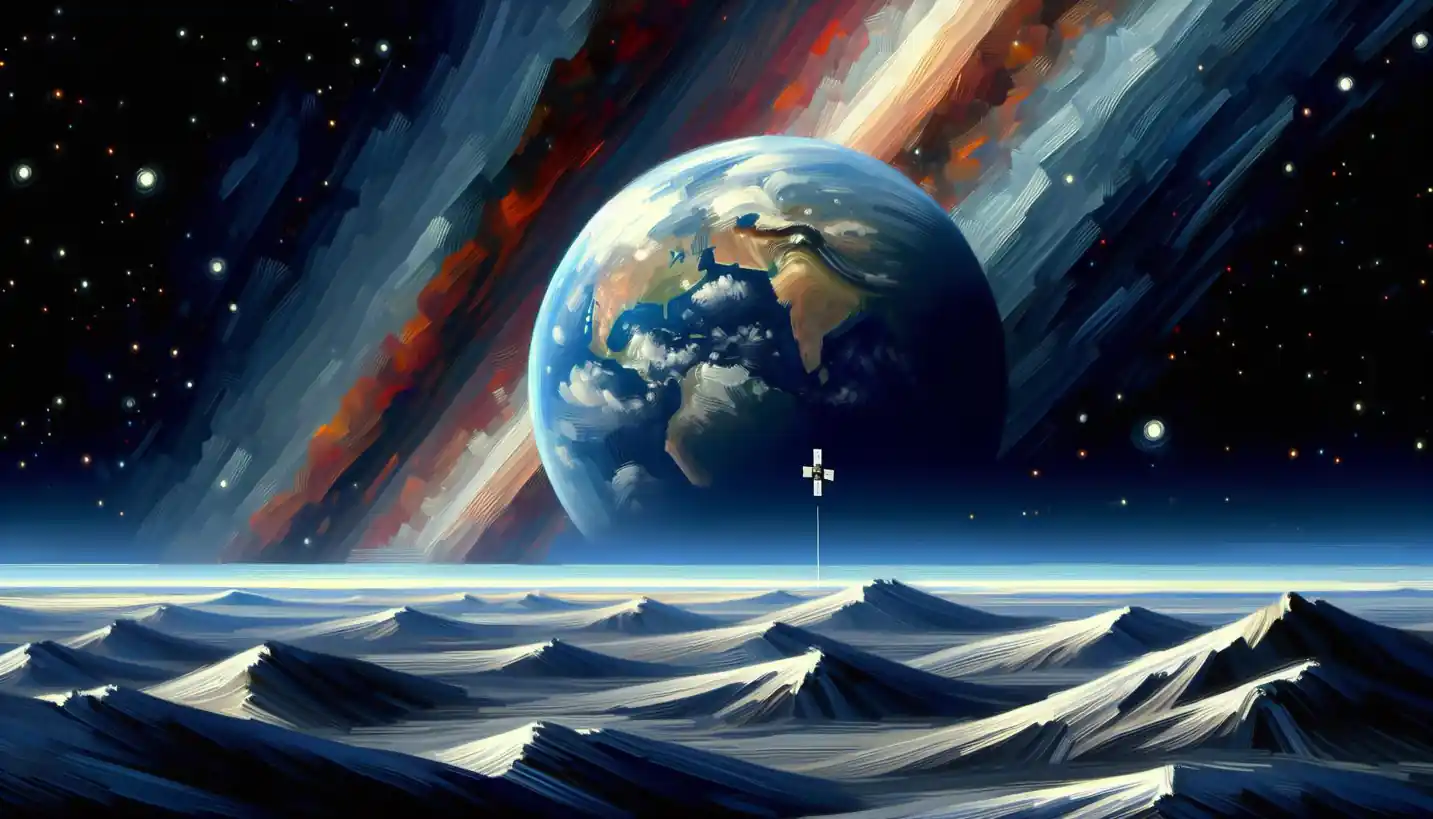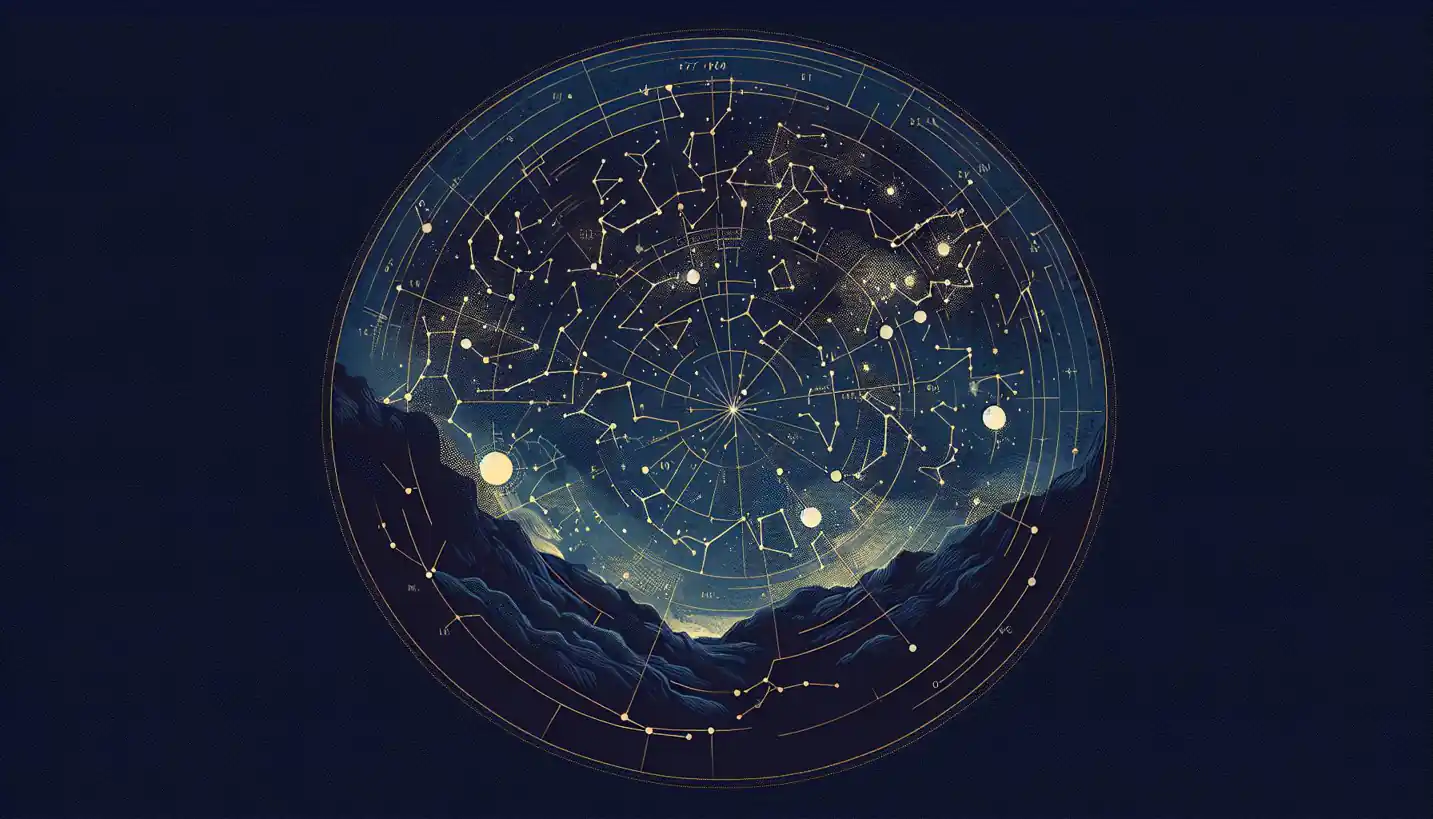· Astronomy · 5 min read
Chandrasekhar Limit: The Cosmic Weight Limit of Stars
The Chandrasekhar Limit determines when a star collapses under its weight, leading to supernova or black hole formation. Discover the cosmic weight limit of stars.

Picture a grand cosmic stage where stars play the leading roles. Some shine brightly, while others meet dramatic ends. But have you ever wondered why some stars explode in fiery supernovae, while others quietly fade away? The answer lies in a fascinating concept called the Chandrasekhar Limit.
Understanding the Chandrasekhar Limit
The story of the Chandrasekhar Limit is one of youthful brilliance. Back in 1930, a 19-year-old Indian physicist named Subrahmanyan Chandrasekhar was pondering the fate of stars. He was trying to understand what happens to a star once it burns out all its nuclear fuel. During this early stage of his career, Chandrasekhar formulated an idea that would forever change our understanding of stars.
In simple terms, the Chandrasekhar Limit is a kind of stellar weight limit. It tells us how massive a white dwarf can be. Imagine a classic tug-of-war game: on one side, there’s the inward pull of gravity, trying to collapse the star, while on the other, there’s the outward push of electron degeneracy pressure, which tries to hold it up. When the electron pressure wins, you have a stable white dwarf. But if the star’s mass exceeds about 1.4 times the mass of our Sun—known as the Chandrasekhar Limit—gravity pulls ahead, and the star can no longer support itself.
What Happens Beyond the Limit?
So, what happens if a star crosses this cosmic threshold? Well, that’s when things get exciting. If the core of a dying star ends up being more massive than 1.4 solar masses, it can’t settle into a comfy white dwarf state anymore. Instead, the core collapses further. The result? A spectacular event where the star might explode in a supernova, leaving behind an even denser object like a neutron star or a black hole.
A supernova is like those grand fireworks shows you might have seen—sudden, bright, and breathtaking. It’s one of the most powerful forces in the universe, briefly outshining entire galaxies. But within that spectacular chaos, the remnants of the star’s innermost core form something much more exotic.
White Dwarfs, Neutron Stars, and Black Holes
To understand the importance of the Chandrasekhar Limit, it’s helpful to explore the end stages of a star’s life. Let’s take a closer look:
White Dwarfs
A white dwarf is like the hot embers left behind after a campfire burns out. These stellar remnants are incredibly dense, about the size of Earth but with a mass similar to the Sun’s. They are the final act for stars whose mass is below the Chandrasekhar Limit. White dwarfs cool off over billions of years, slowly fading away.
Neutron Stars
But if a star is too massive, exceeding the Chandrasekhar Limit, the gravity becomes unstoppable, squashing electrons and protons together to form neutrons. The result? A neutron star. Imagine a teaspoon of neutron-star material weighing as much as a mountain! These stars are so dense that a sugar-cube-sized piece would have more mass than all of humanity combined.
Black Holes
And then, if the star is even more massive, nothing can stop its collapse. It shrinks to a point of infinite density, creating a black hole. Black holes are like cosmic vacuum cleaners with a gravitational pull so strong that not even light can escape.
The Role in Supernovae
Let’s focus a bit more on those thrilling supernovae. They’re not just spectacular shows; they’re incredibly important for the universe. When a massive star goes supernova, it scatters heavy elements like iron and gold into space. These elements, created in the heart of exploding stars, enrich the universe and eventually become the building blocks for planets—and even life.
The Chandrasekhar Limit is a key player in this cosmic drama. Without it, we wouldn’t have the same supernovae processes that spread these elements. It’s like setting the stage for a fireworks finale that shapes the very composition of the universe.
The Theoretical Limits
One of the intriguing aspects of the Chandrasekhar Limit is that it’s based on the principles of quantum mechanics and relativity. It combines these fundamental theories to describe how stars behave when they reach the end stages of their lives. By understanding these principles, scientists have a crucial tool for predicting the evolution and destiny of stars.
Reflection and Future Exploration
From Chandrasekhar’s initial calculations to the modern-day understanding, the Chandrasekhar Limit has had a profound impact on theoretical astronomy. Scientists continue to refine their models to better understand how different factors influence this limit. For instance, rotations, magnetic fields, and the presence of additional particles can all slightly tweak the mass at which the limit occurs.
The universe is a vast and complex place, with so many mysteries still waiting to be uncovered. Questions about the precise workings of supernovae and the nature of neutron stars continue to drive research. By studying these celestial phenomena, scientists hope to gain deeper insights into the fundamental laws of nature.
Conclusion
The Chandrasekhar Limit might sound like just a number—a specific mass threshold for stars—but it’s so much more than that. It’s a fundamental concept that unveils the destiny of stars and the unfolding drama of the cosmos. Thanks to the brilliance of a young physicist, we’ve come to understand why some stars go out with a bang, seeding the universe with the elements that make life possible. As we gaze up at the night sky, we can appreciate how these silent, glowing giants follow rules determined long ago by the cosmic balance of forces. The universe, once more, leaves us spellbound, with countless more secrets to explore.


